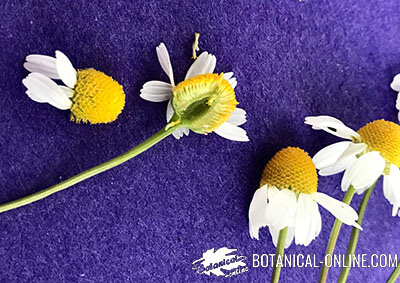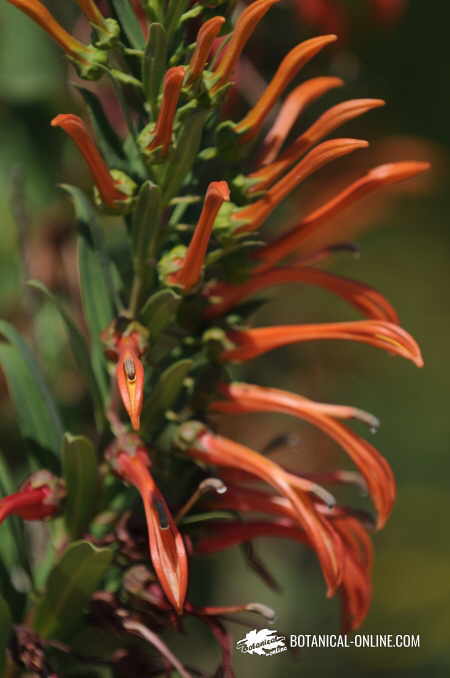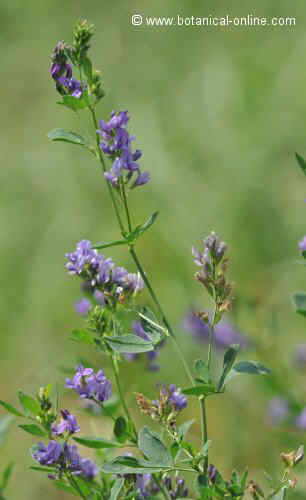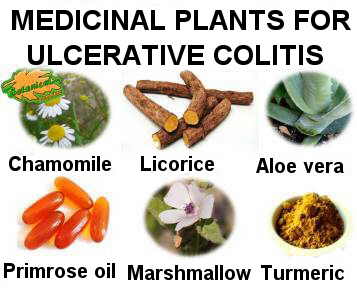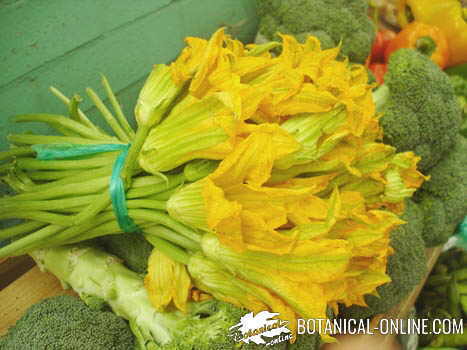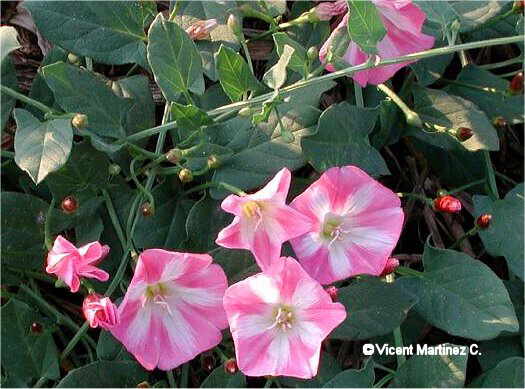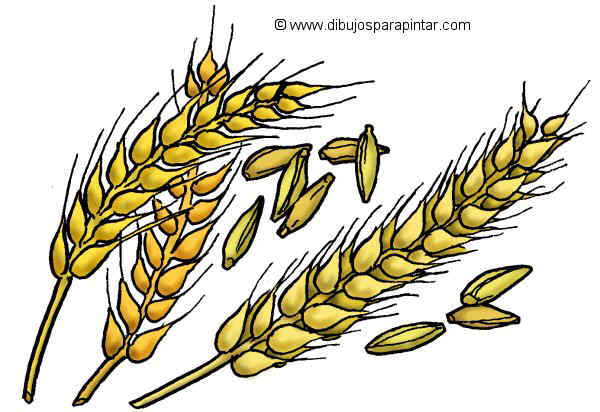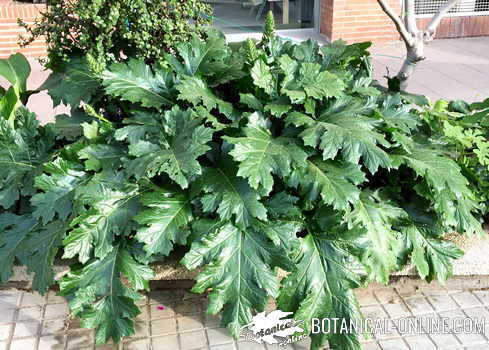Contents
How to grow bladder cherry
Bladder cherry characteristics (Physalis alkekengi)
Common name: Alkekengi, chinese lantern, bladder cherry, common winter cherry.
Scientific name: Physalis alkekengi L.
Family: Solanaceae or nightshade family
Origin of plant: Plant native to Japan, China and Caucasian regions. Although there is some confusion about the origin of the different species o Physalis, it is believed that this is the only species that does not come from America.
Habitat: It grows naturally in cultivated land, uncultivated places, fields, vineyards, olive groves and deciduous forest.
Description of bladder cherry
The ground cherry (Physalis alkekengi) is a perennial plant that can measure between 40 and 120 centimeters tall with slender rhizomes from where numerous stems and roots are born. Stems erect, little branched and pubescent.
Paired opposing leaves attached to the stem by a short petiole, limbo oval and pubescent, acuminate apex and wavy margins. The inflorescences are solitary campanulated shaped flowers that hang from the leaf axils.
During fruiting, the calyx of the flower grows green and scarlet dyed orange.
The fruit of the plant is a globose berry wrapped in an inflated calyx. Inside the fruit there are numerous seeds, tiny, yellow, with some similarity to the tomato.
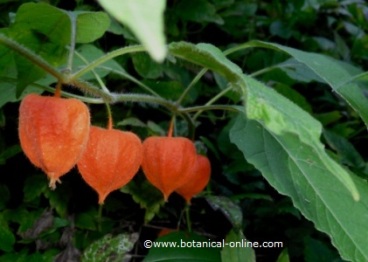
Photo of a branch of bladder cherry, with some fruits hanging from it
Bladder cherry, location required
– Altitude between 0-800 meters.
– Native to warm regions, it needs long summer seasons for the fruit to mature.
– Accurate wet and cool environment.
– It can grow in sun or semi-shade. In the wild, it can be found in deciduous forests.
– Frost resistant, it tolerates temperatures up to – 5. Optimum growth temperature 18 º C.
Bladder cherry soil
– Soil well drained to prevent stagnation, which can lead to fungi development.
– It grows in calcareous or sandy-calcareous soils.
Bladder cherry propagation
Plant propagation by seeds:
– Planting in the nursery in January (February-March if colder climates). Optimum temperature for germination: 12 – 32 º C, with light.
– In hot climates, it can also be planted in autumn, between October and November.
– Under favorable conditions, seeds germinate about 10-25 days.
– Move the seedlings outdoors to mid-March (postponed to April in cold areas), with warmer spring weather.
– When the seedlings reach 5 cm in height, they will be ready for transplanting into final location. This will happen about two months after planting.
Plant propagation by cuttings:
Fresh stems collected in spring are used.
Plant propagation by rhizomes:
Collect one of the underground stems of the plant and transplant it elsewhere for a new plant. Precisely because of its growing rhizomes, this plant is easily propagated in the wild, into an invasive plant.
Preparing the ground
– Labor the soil deeply before transplanting it. It is recommended to fertilize with chemical or incorporate manure products.
– In case of very cold winters, the plant should be protected with straw, leaves or rotted manure.
Bladder cherry irrigation
– Keep in wet conditions, preventing waterlogging.
– Once a month make a copious irrigation, without flooding the field.
Bladder cherry flowering and fruiting
– The plant blooms in spring and summer.
– Bladder cherry produces fruit in stages, being able to be gathered from middle of August to October. The ripe fruit is distinguished in that the inflated calyx covering scarlet berry is orange.
Used parts of the plant
– Edible fruits are dried in the sun and stored all winter in perfect conditions, when the fruit is whole (With the chalice).
![]() More information about bladder cherry.
More information about bladder cherry.

